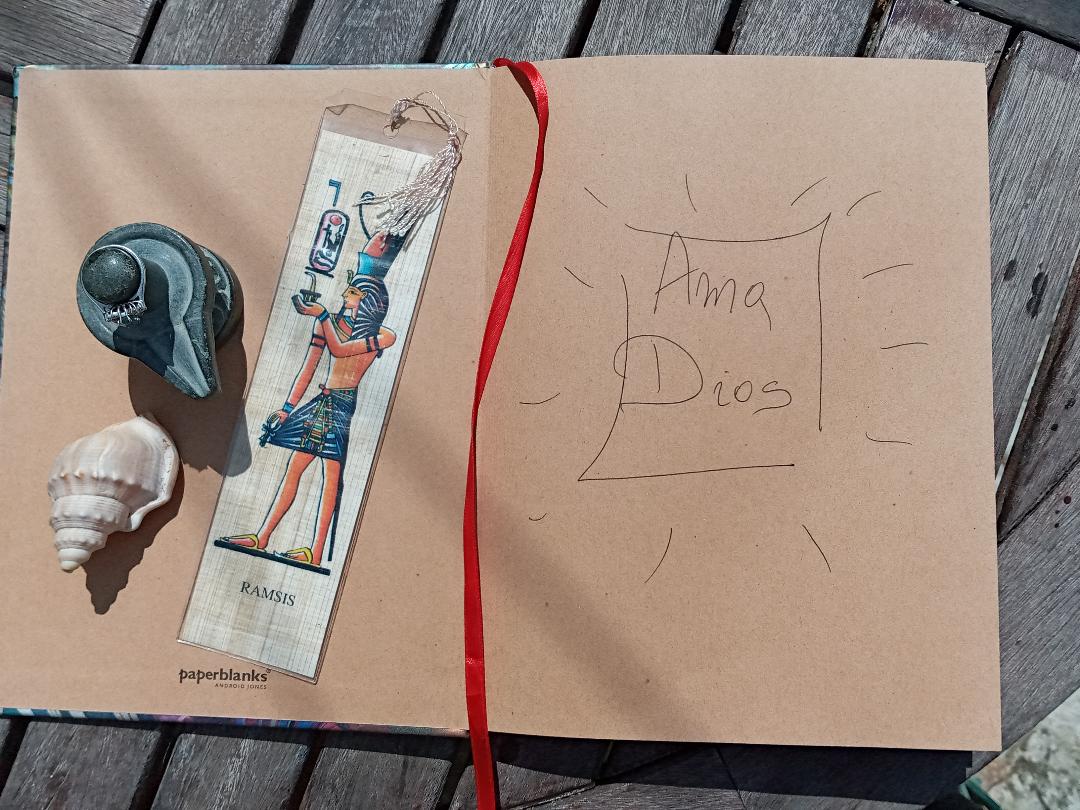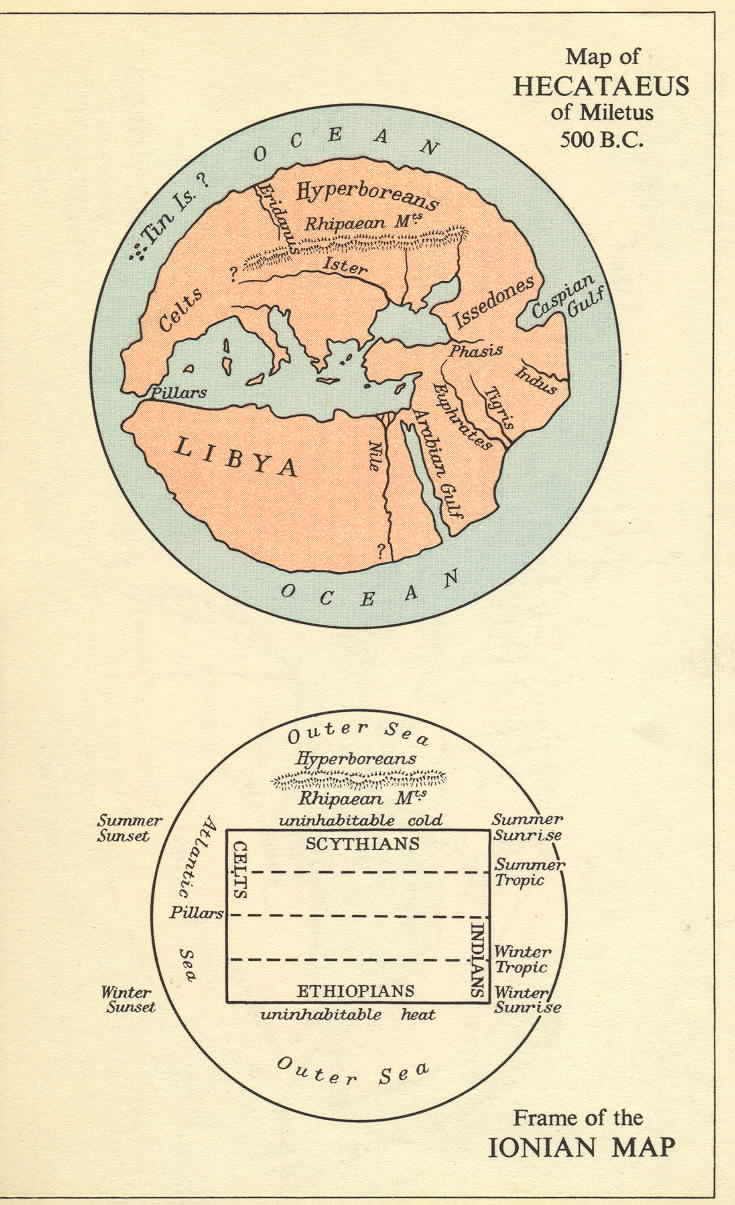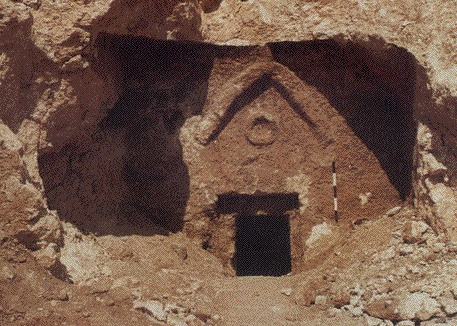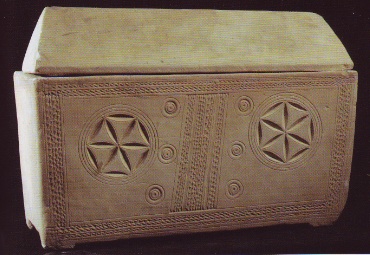The Jesus Family Tomb: Fact or Fiction?
Art, Education, Symbols and Signs, defaultDid you know that Ancient Greek and Egyptian Philosophers (700 BC - 200 AC) used numbers or symbols to express philosophical concepts?

Creating a language of symbols, our ancestors related to Gods.
A mathematical statement would, for example, express God as omnipotent and omnipresent, a spiral and its indefinite Pi.
Conversing with my bi-lingual highly educated daughter *she has read at least 500 English books, and lives in a tri-lingual environment (English, Maltese and Serbian – now imagine this!), speaking in Serbian (that is Slavic), I have narrated to her a brief debated encounter I had listened to last eve. The discussion was between “Popa (a Priest)” and “Humanist (a Philosophical movement)”, she was next to me repeating the same words in English “a Pope” and “someone who gives a humanitarian help”. Totally lost in translation between a fifty-two year old and a teenager, jogging alongside a path. She just could not understand why I would make a fuss about “a Priest” in her mind becoming “a Pope” and so on.
The Ancient Greek Herodotus Ἡρόδοτος 484 BC – 425 BC (H-R-DATOS) was a King's historian, born into a wealthy parents in the city now located in Turkey. When he was nine, his father sent him to Constantinople to be educated, not "abondoned" him. A similar story we hear of Ovid who has written his Poem Metamorphosis (40 AD) while he was exiled from Rome, where he was educated. The life expectancy was 38, so the peak of their creative activity, if they are paid by Kings, would have been around 20, by 30 they would have been married and with kids, contemplating other things.

Fragment from the Herodotus Histories Papyrus 200 AC
Another historian of this time, Nicolaus had repeated exactly (word by word) the same story within his, and his King’s (Caesar’s) Biography. Repeating “already written” stories and myths, in twenty-one books, so some of it may stay for posterity.
Kings were often called by the same name, a bit like, you always pay your tax to “Henry”, so not to get confused or to “Elizabeth”. The "Dalai-Lama" was an incarnate of Dalai-Lama. The famous Indian BabaJi, lived for 1,000s of year, always re-asserting his appearance to various spiritual disciples. When in India, various Guru’s re-assured me that he did re-appear, of course, in dreams and meditative experiences, to the chosen few. This is why an Egyptian King lives for many hundred of years. A practice known from all over the world.
The items always found in the ancient tombs are the ancient Egyptian funerary texts
The text found in ancient tumbs incorporates the ancient Egyptian Book of the Dead. As early as 3000 BC, the Royal pyramids contained the Pyramid Texts.
The Art of Dying Well from Jung to Egypt to Malta
The Ancient Egyptian Negative Confessions written on Temple walls and burial texts were "I have not stolen...", "I have not killed", etc., a letter written to Gods, engraved on Temples walls and prepared as Papyruses 2,000 BC and were equal to "Thou shalt not", the Ten Commandments of Jewish and Christian ethics, later perceived as divine revelation. The Negative Confession was accompanied by a list of protective sounds and symbols that kept souls safe from demons.
The following is the map of the World according to Hecataeus of Miletus 550 BC.

Map of the World according to Hecataeus of Miletus 550 BC 476 BC
With so many destroyed books, what we, as researchers of ancient wisdom, are finding are relatively recent archeological finds, written as records of various 19th or early 20th century archeologists. Researching the originals in Ancient Greek or Ancient Egyptian does take us to Babylon, its culture, its rituals, its science.
The Jesus's Family Tomb: Fact or Fiction?

The tomb in Talpiot of Madonna Mary Yeshu Merymeni contained 10 ossuaries 1st century AC Jerusalem
In 1980, a tomb had been uncovered when TNT was detonated by a construction crew putting up a new apartment complex. Israeli archaeologist Joseph Gath, excavated it quickly so the construction could proceed... In a 2007 Discovery TV Channel documentary and a director, Simcha Jacobovici (a Slavic name), attempted to prove that Jesus’ burial cave were discovered in Jerusalem and that he had a son with Mary Magdalene.
Ten limestone bone boxes (ossuaries) dated to the first century, were discovered in this excavated, and six inscriptions with names similar to Jesus Christ’s family.
The place contained 10 boxes:
Mariamene e Mara – Mariamene Master (Aramaic term, Jesus spoke Aramaic). Mariamne is the Greek version of Miriam. Some non-canonical texts refer to Mary Magdalene as Mariamne. A tradition holds that she died at the Jordan River near Jerusalem.
Yose – a nickname for Joseph. The Gospel of Mark refers to the fourth Jesus’s brother, not as Joseph, but as Yose.
Yeshua bar Yosef – Jesus, son of Joseph. Believe it or not, this is not the only Jesus, son of Joseph ossuary in existence. The first was discovered in 1926 and is currently on display in the Israel Museum.
Maria or the Hebrew Miriam. Miriam was the most common female Hebrew name in the first century. Early Biblical tradition also says that Mary died in Jerusalem, not in the Galilee.
Yehuda bar Yeshua – Judah, son of Jesus, marked as son of Jesus and *possible Mary Magdalene;
Matia – Matthew. According to a genealogy in Luke, Mary did have several Matia-s in her family.
This 2,000-year-old Jerusalem tomb could have once held the remains of Jesus of Nazareth and his family Mary’s tomb with all her sons and one daughter in Jerusalem. Matthew, Mary Magdalene, and Judah may have died in Ethiopia, with their bodies being brought to Jerusalem to be buried with Jesus and his mother. Judah may have had children who remained in Ethiopia and were buried there.
DNA tests of the lab at Lakehead University in Ontario, conducted tests on the bones of Mariamne and Jesus, son of Joseph. The results indicate definitively that these two individuals were not related by blood. Since people buried together in tombs are related either by blood or by marriage, this raises the possibility that they were married.
While most of the individual names found in the Talpiot tomb were very common finding the combination of all of these names together is not so common.
As there were, only 50,000 males living in Jerusalem at the time, it’s unlikely there was another Jesus associated with Mary the Teacher. If we also include “Yose”, his brother, which was a very rare name.
So has Jesus’ tomb really been discovered?
Professor Feuerverger multiplied the instances that each name appeared during the tomb's time period with the instances of every other name. He initially found "Jesus Son of Joseph" appeared once out of 190 times, Mariamne appeared once out of 160 times and so on:
Jesus son of Joseph Mariamne Yosah Maria Product
1/190 1/160 1/20 1/4 1/2,432,000
0.53% 0.625% 5% 25% ~4.11X10−7%
Only three ossuaries in the tomb were decorated

Ossuary Mary Magdalene Mariamene Jesus tomb in Jerusalem 1st century AC
Note the two Flowers of Aphrodite and two sets of 3 circles. In her Love-goddess aspect, the Ancient Mother was associated with fish, seashells, seawater... Six was the sexual number especially sacred to the Goddess Aphrodite; Pythagoreans called six the perfect number of The Mother.
Matthew the Evangelist may have been the author of the Gospel of Matthew. Legend has it that he preached the gospel and carried it all the way to Ethiopia where he died. Guess how many people from Ethiopia were black at the time?
Built around 5th century BC, the Pantheon was a symbol of the power, wealth and elevated culture of Athens in Rome. Most likely built on a Temple 2,000 years old, today, it is one of the most recognized buildings in the world, and an enduring symbol of Ancient Greece, however do have in mind, it has survived because it was converted into a Church.

Model of the Temple of Artemis Istanbul Turkey
It is a story as boring as they get, no extra-terrestrials, no chosen race, just a simple slow moving South vs. North, and East vs. West.






The Jesus Family Tomb: Fact or Fiction? No comments on The Jesus Family Tomb: Fact or Fiction?: